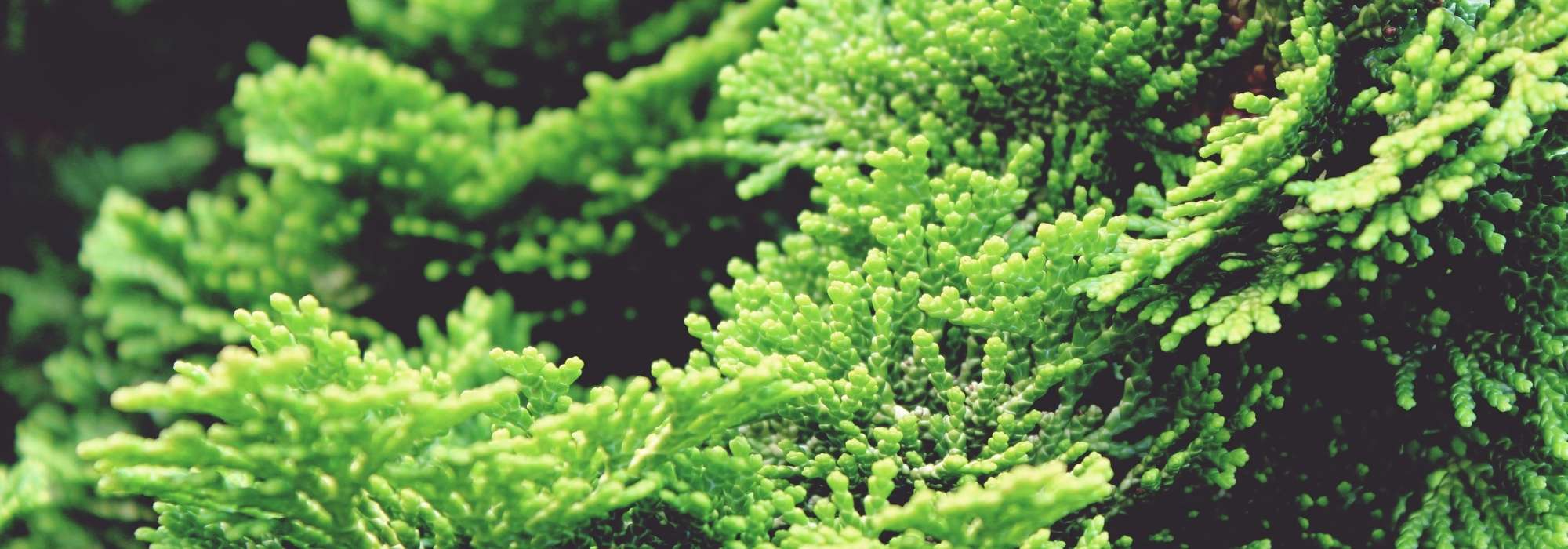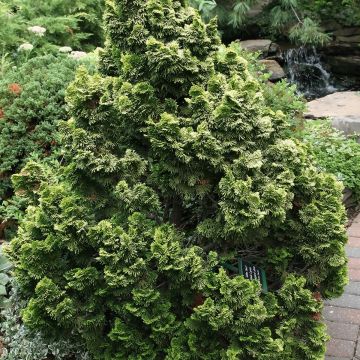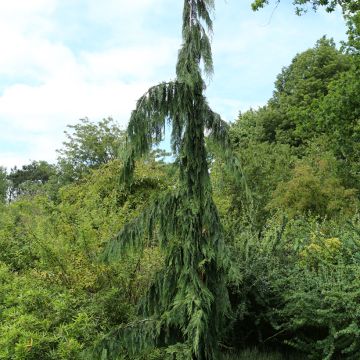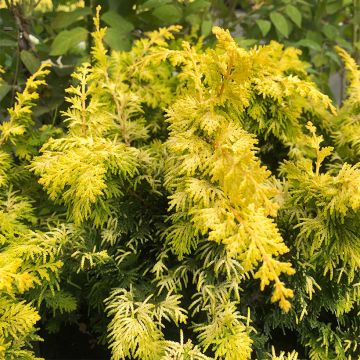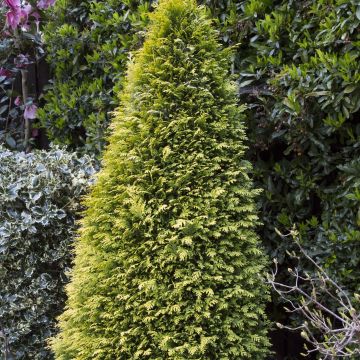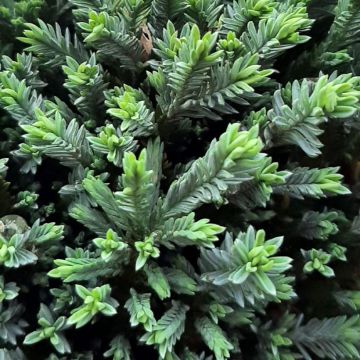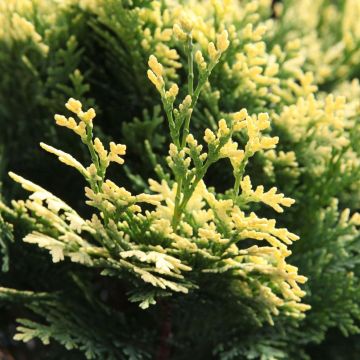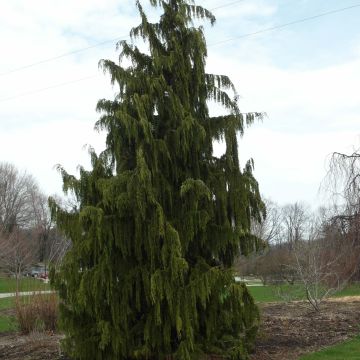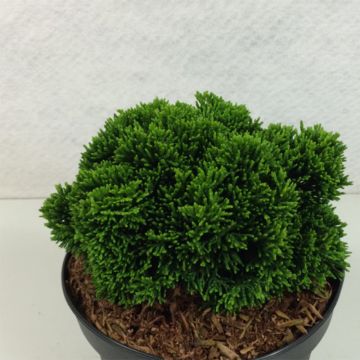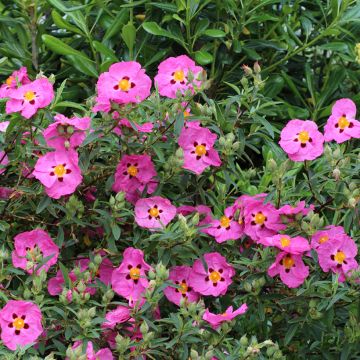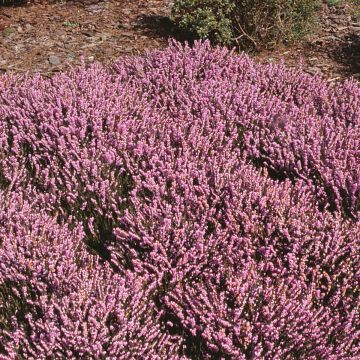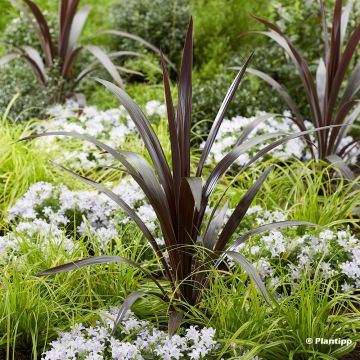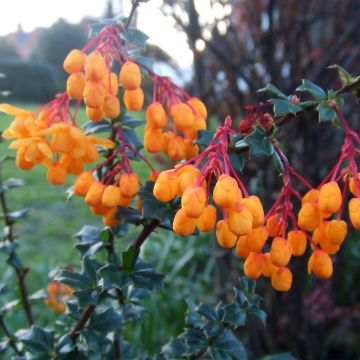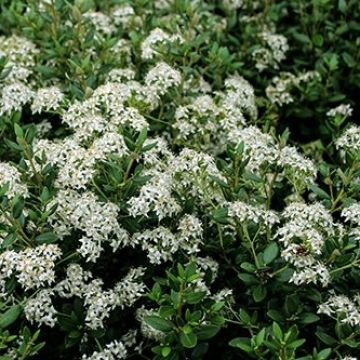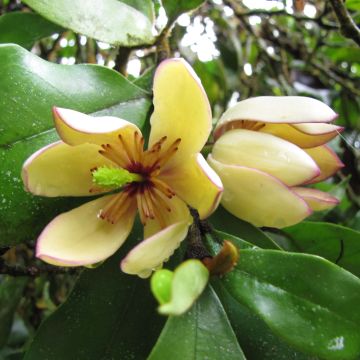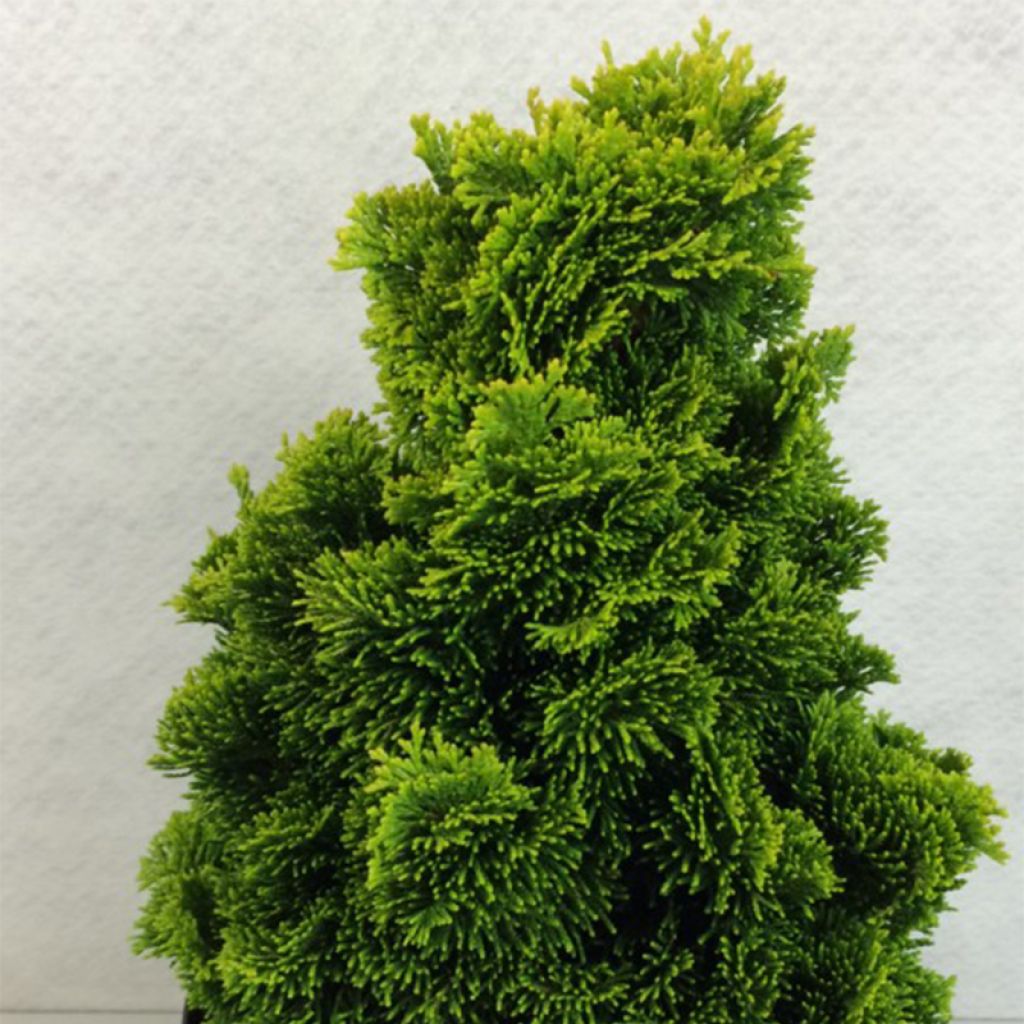

Chamaecyparis obtusa Aurora - Hinoki Cypress
Chamaecyparis obtusa Aurora - Hinoki Cypress
Chamaecyparis obtusa Aurora
Hinoki Cypress, Japanese Cypress, Hinoki False Cypress
Very nice plant.
Sophie , 21/02/2024
Special offer!
Receive a €20 voucher for any order over €90 (excluding delivery costs, credit notes, and plastic-free options)!
1- Add your favorite plants to your cart.
2- Once you have reached €90, confirm your order (you can even choose the delivery date!).
3- As soon as your order is shipped, you will receive an email containing your voucher code, valid for 3 months (90 days).
Your voucher is unique and can only be used once, for any order with a minimum value of €20, excluding delivery costs.
Can be combined with other current offers, non-divisible and non-refundable.
Home or relay delivery (depending on size and destination)
Schedule delivery date,
and select date in basket
This plant carries a 24 months recovery warranty
More information
We guarantee the quality of our plants for a full growing cycle, and will replace at our expense any plant that fails to recover under normal climatic and planting conditions.

Would this plant suit my garden?
Set up your Plantfit profile →
Description
The Chamaecyparis obtusa 'Aurora' is a compact false cypress variety with a spherical shape that later becomes conical. It has beautiful and bright foliage that resembles serrated shells. Its golden branches in full sun take on a greener hue in shady situations Despite its slow growth and small size, it adds structure and charm to small gardens, rockeries, or containers. This conifer can grow in limestone soil but thrives in fertile, deep, and well-drained soils.
Also called Japanese hinoki cypress and reaching heights of up to 50m (164 ft) in its natural environment, the false cypress is mainly used for making lacquered furniture and in the construction of many buildings such as palaces. This dwarf variety, 'Aurora', with a spherical and compact habit, grows slowly to form an irregular cone, almost as wide as it is tall. After ten years of cultivation, it will reach a height of 90 cm (35.4 in) to 1 m (3 ft 4 in), with a diameter of 70 cm (27.6 in). An adult specimen will measure 2 m (6 ft 7 in) in all directions. It bears branches in the shape of very incurved, fringed shells, grouped in clusters at the ends of branches. Its young shoots, from golden yellow to light green, contrast beautifully with the older foliage, which is a bright and shiny green.
If you're looking for a great plant to grow in a pot on your terrace or a small garden, the Chamaecyparis obtusa 'Aurora' is a fantastic choice. This plant grows slowly and stays small, so you won't need to prune it to keep it looking beautiful. Dwarf conifers have a unique architectural look that works well in modern gardens, focusing on shapes, textures, and silhouettes rather than just flowers. These plants can help structure your garden, line your pathways, and add colour to your terraces. They're also great for pairing with other plants, like roses, peonies, and grasses. You can mix them with shrubs or ground cover plants for a beautiful garden design. The key is playing with volumes and colours to create a stunning garden that lasts years.
Tips: Water during periods of high heat as it is drought-sensitive.
Chamaecyparis obtusa Aurora - Hinoki Cypress in pictures
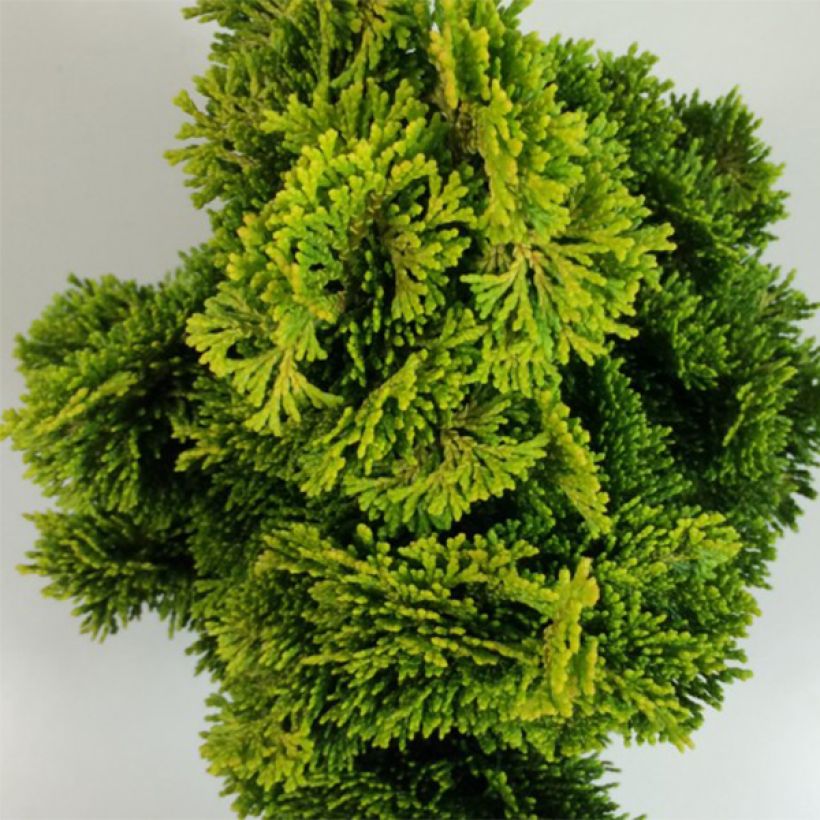

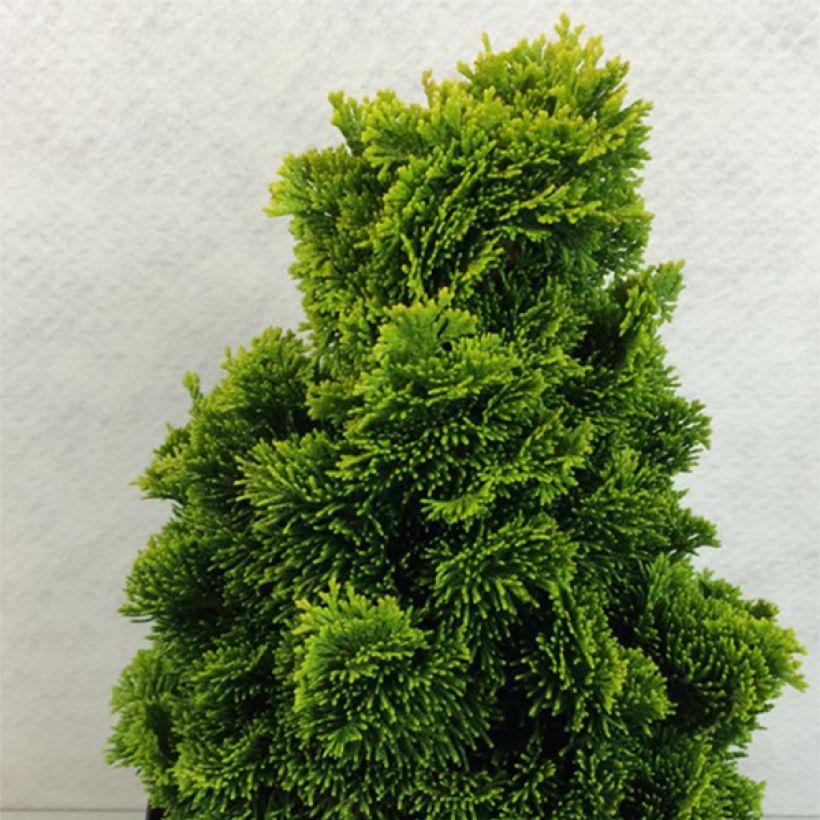

Plant habit
Foliage
Botanical data
Chamaecyparis
obtusa
Aurora
Cupressaceae
Hinoki Cypress, Japanese Cypress, Hinoki False Cypress
Cultivar or hybrid
Other Chamaecyparis
View all →Planting and care
To plant Chamaecyparis obtusa 'Aurora', choose a spot that gets plenty of sun or partial shade and is sheltered from the wind. Plant it between September and November or from February to June in good quality, well-draining soil that is either limestone, neutral or slightly acidic. Soak the rootballs before planting and add organic compost when planting. Water generously for the first few years, especially during dry spells. In April, apply a special fertiliser designed for conifers and weed the soil during the summer. Pruning is not necessary, but should you choose to prune young plants regularly to form a hedge. Be careful not to prune into old wood on mature plants, as new shoots will not grow from there.
Planting period
Intended location
Care
Planting & care advice
-
, onOrder confirmed
Reply from on Promesse de fleurs
Similar products
Haven't found what you were looking for?
Hardiness is the lowest winter temperature a plant can endure without suffering serious damage or even dying. However, hardiness is affected by location (a sheltered area, such as a patio), protection (winter cover) and soil type (hardiness is improved by well-drained soil).

Photo Sharing Terms & Conditions
In order to encourage gardeners to interact and share their experiences, Promesse de fleurs offers various media enabling content to be uploaded onto its Site - in particular via the ‘Photo sharing’ module.
The User agrees to refrain from:
- Posting any content that is illegal, prejudicial, insulting, racist, inciteful to hatred, revisionist, contrary to public decency, that infringes on privacy or on the privacy rights of third parties, in particular the publicity rights of persons and goods, intellectual property rights, or the right to privacy.
- Submitting content on behalf of a third party;
- Impersonate the identity of a third party and/or publish any personal information about a third party;
In general, the User undertakes to refrain from any unethical behaviour.
All Content (in particular text, comments, files, images, photos, videos, creative works, etc.), which may be subject to property or intellectual property rights, image or other private rights, shall remain the property of the User, subject to the limited rights granted by the terms of the licence granted by Promesse de fleurs as stated below. Users are at liberty to publish or not to publish such Content on the Site, notably via the ‘Photo Sharing’ facility, and accept that this Content shall be made public and freely accessible, notably on the Internet.
Users further acknowledge, undertake to have ,and guarantee that they hold all necessary rights and permissions to publish such material on the Site, in particular with regard to the legislation in force pertaining to any privacy, property, intellectual property, image, or contractual rights, or rights of any other nature. By publishing such Content on the Site, Users acknowledge accepting full liability as publishers of the Content within the meaning of the law, and grant Promesse de fleurs, free of charge, an inclusive, worldwide licence for the said Content for the entire duration of its publication, including all reproduction, representation, up/downloading, displaying, performing, transmission, and storage rights.
Users also grant permission for their name to be linked to the Content and accept that this link may not always be made available.
By engaging in posting material, Users consent to their Content becoming automatically accessible on the Internet, in particular on other sites and/or blogs and/or web pages of the Promesse de fleurs site, including in particular social pages and the Promesse de fleurs catalogue.
Users may secure the removal of entrusted content free of charge by issuing a simple request via our contact form.
The flowering period indicated on our website applies to countries and regions located in USDA zone 8 (France, the United Kingdom, Ireland, the Netherlands, etc.)
It will vary according to where you live:
- In zones 9 to 10 (Italy, Spain, Greece, etc.), flowering will occur about 2 to 4 weeks earlier.
- In zones 6 to 7 (Germany, Poland, Slovenia, and lower mountainous regions), flowering will be delayed by 2 to 3 weeks.
- In zone 5 (Central Europe, Scandinavia), blooming will be delayed by 3 to 5 weeks.
In temperate climates, pruning of spring-flowering shrubs (forsythia, spireas, etc.) should be done just after flowering.
Pruning of summer-flowering shrubs (Indian Lilac, Perovskia, etc.) can be done in winter or spring.
In cold regions as well as with frost-sensitive plants, avoid pruning too early when severe frosts may still occur.
The planting period indicated on our website applies to countries and regions located in USDA zone 8 (France, United Kingdom, Ireland, Netherlands).
It will vary according to where you live:
- In Mediterranean zones (Marseille, Madrid, Milan, etc.), autumn and winter are the best planting periods.
- In continental zones (Strasbourg, Munich, Vienna, etc.), delay planting by 2 to 3 weeks in spring and bring it forward by 2 to 4 weeks in autumn.
- In mountainous regions (the Alps, Pyrenees, Carpathians, etc.), it is best to plant in late spring (May-June) or late summer (August-September).
The harvesting period indicated on our website applies to countries and regions in USDA zone 8 (France, England, Ireland, the Netherlands).
In colder areas (Scandinavia, Poland, Austria...) fruit and vegetable harvests are likely to be delayed by 3-4 weeks.
In warmer areas (Italy, Spain, Greece, etc.), harvesting will probably take place earlier, depending on weather conditions.
The sowing periods indicated on our website apply to countries and regions within USDA Zone 8 (France, UK, Ireland, Netherlands).
In colder areas (Scandinavia, Poland, Austria...), delay any outdoor sowing by 3-4 weeks, or sow under glass.
In warmer climes (Italy, Spain, Greece, etc.), bring outdoor sowing forward by a few weeks.






























